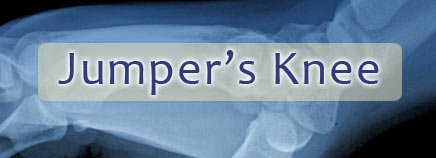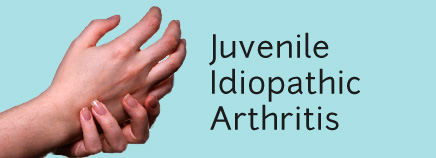There’s a lot of disagreement among doctors when it comes to fibromyalgia. Theories differ as to what causes it and how best to treat it. There’s even disagreement about what to call it — some call it a syndrome, others a disorder, still others a chronic condition. Whatever you label …
Henoch-Schönlein Purpura (HSP)
At first, Tyler developed red patches and raised spots that turned purple and looked like bruises all over his legs and buttocks. Then he complained that his stomach and knees hurt. When his parents took him to the doctor to find out what was wrong, the doctor said that Tyler …
Jumper’s Knee (Patellar Tendonitis)
Jumper’s knee — also known as patellar tendonitis or patellar tendinopathy — is an inflammation or injury of the patellar tendon, the cord-like tissue that joins the patella (kneecap) to the tibia (shin bone). Jumper’s knee is an overuse injury (when repeated movements cause tissue damage or irritation to a …
Juvenile Idiopathic Arthritis
It may begin with a swollen knuckle, a spiking fever, or an unexplained rash. But no matter what symptoms appear, hearing the word “arthritis” in a diagnosis for your child can be unexpected and confusing. Arthritis is an inflammation of the joints, meaning that the joints get swollen, warm, and …
Living With Lupus
Lupus is an autoimmune disease that causes the immune system to mistakenly work against the body’s own tissues. It can be hard to diagnose because it can affect almost any organ in the body, and its symptoms — including joint pain, fatigue, muscle pain, rash, mouth ulcers, and hair loss — …





